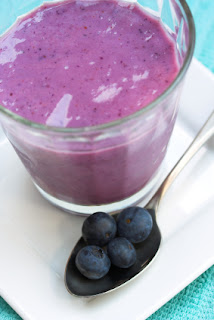 |
| Quail Eggs |
I love to try new things - especially when it comes to food. When I found a petite package of quail eggs at the market in Santa Barbara I could not resist buying them. Quail eggs are truly beautiful to look at. Each egg is different with distinct pearly brown markings. The inside of the egg shell is tinted a delicate blue color. Quail eggs are SMALL. Though you cannot tell it from the picture they are actually no larger than the end of my thumb. I made 5 quail eggs for breakfast this morning. The five eggs together were about the same size as one large chicken egg. I found the flavor of quail eggs rich and delicious. What I like about eating quail eggs is that you get a bit of yolk in every bite.
I think quail eggs would be amazing in a bento box lunch!



















